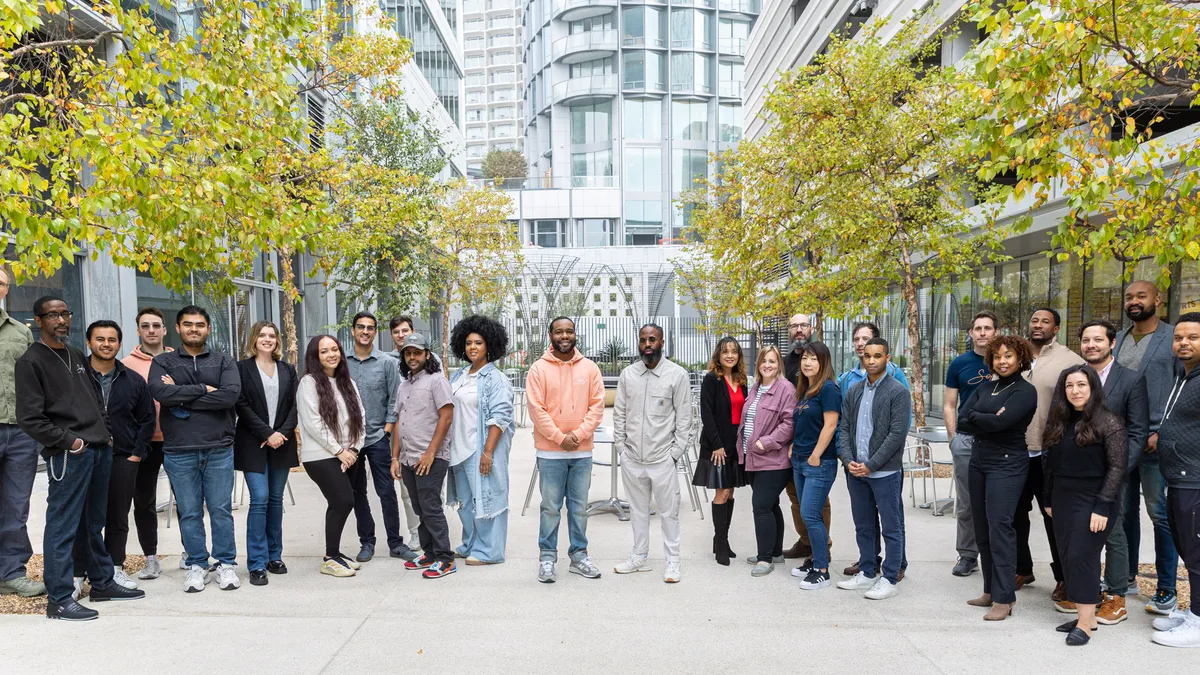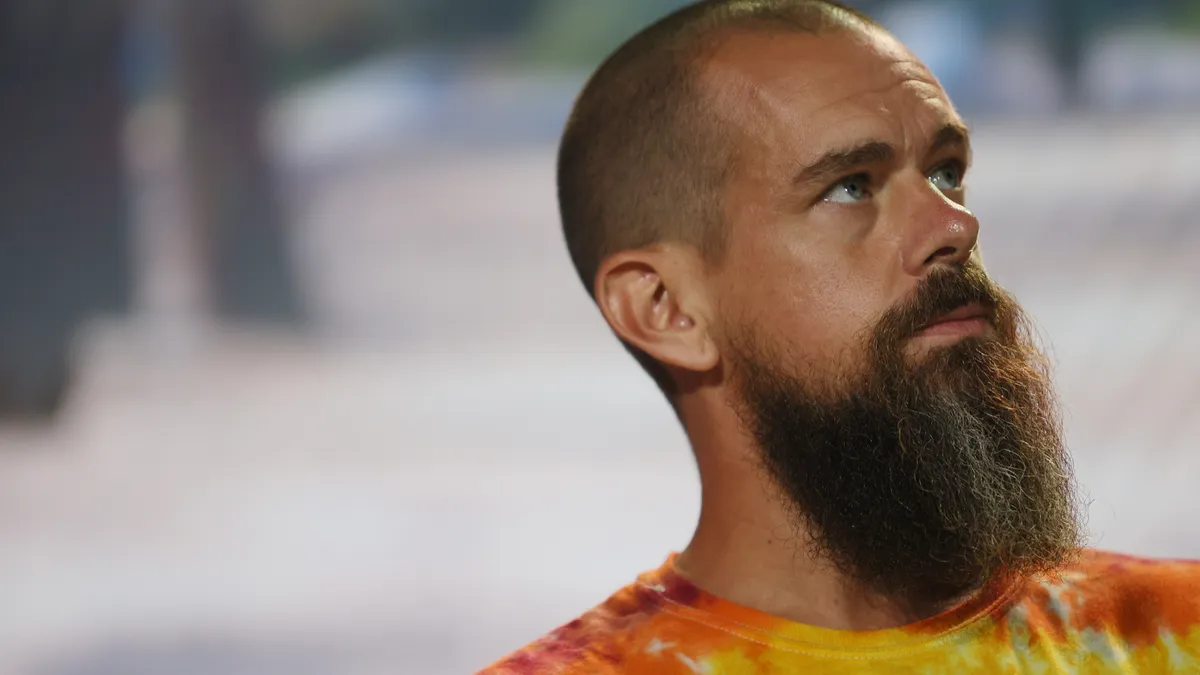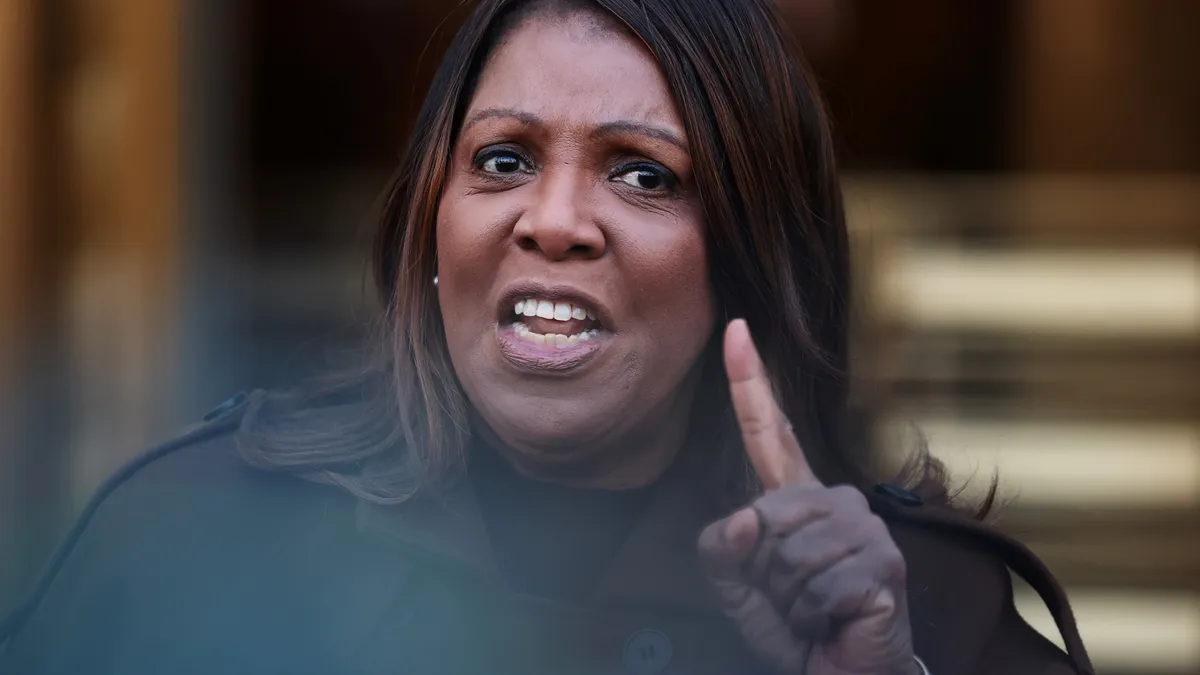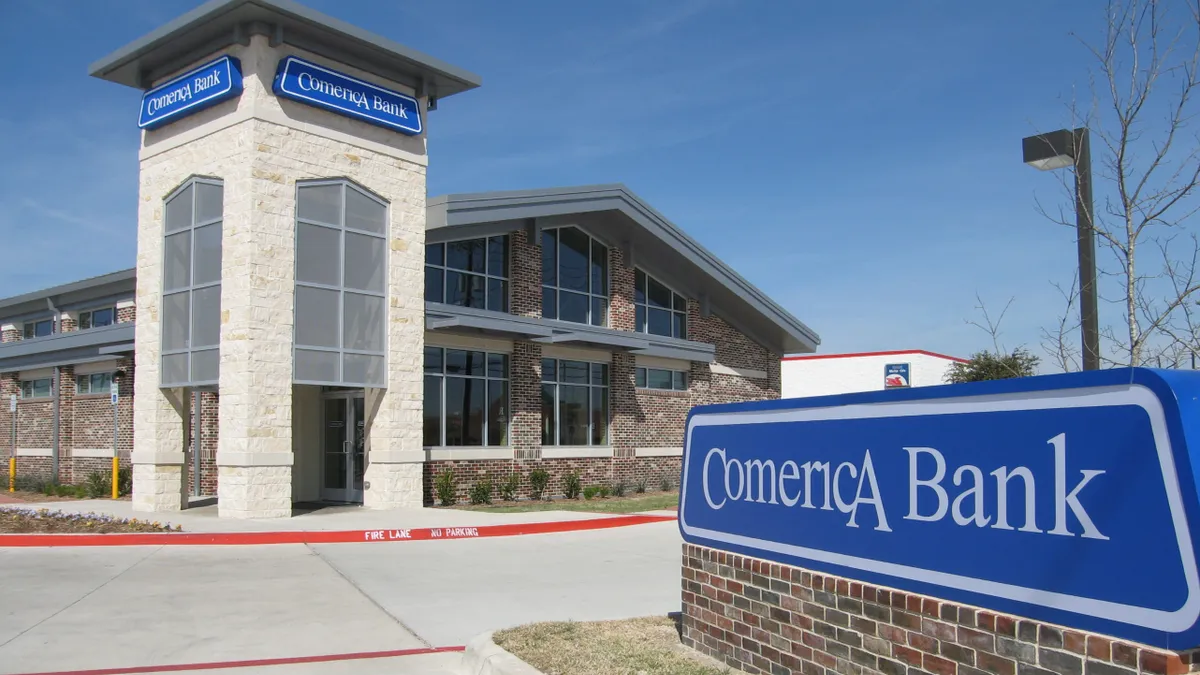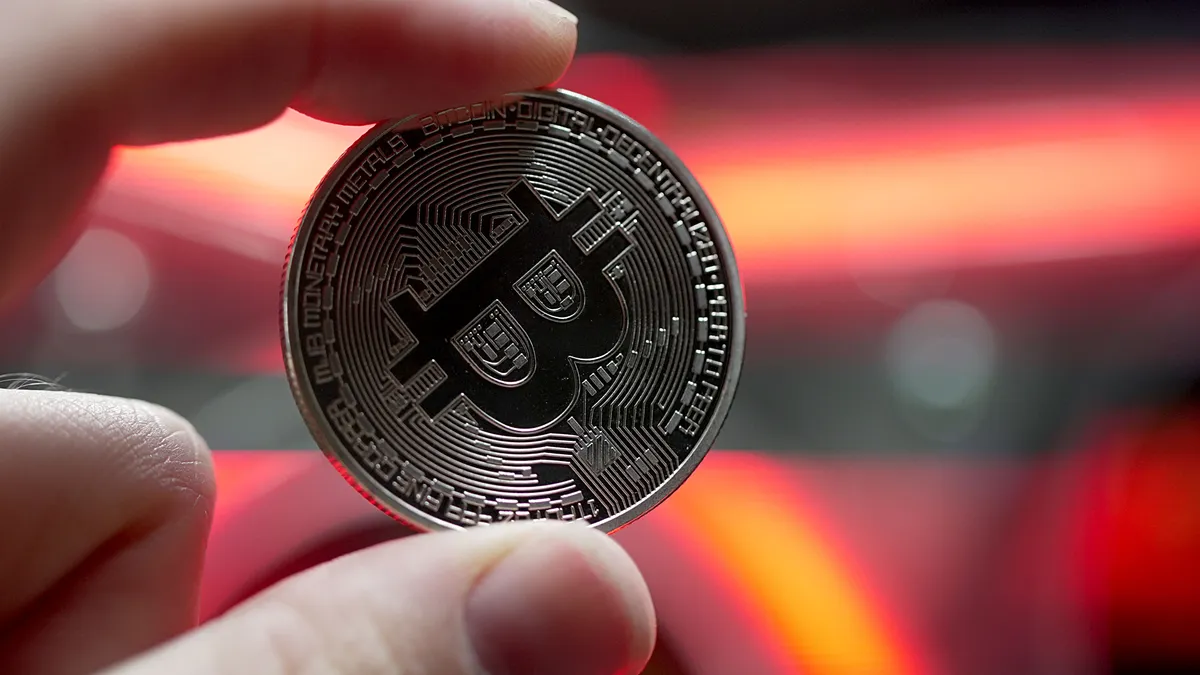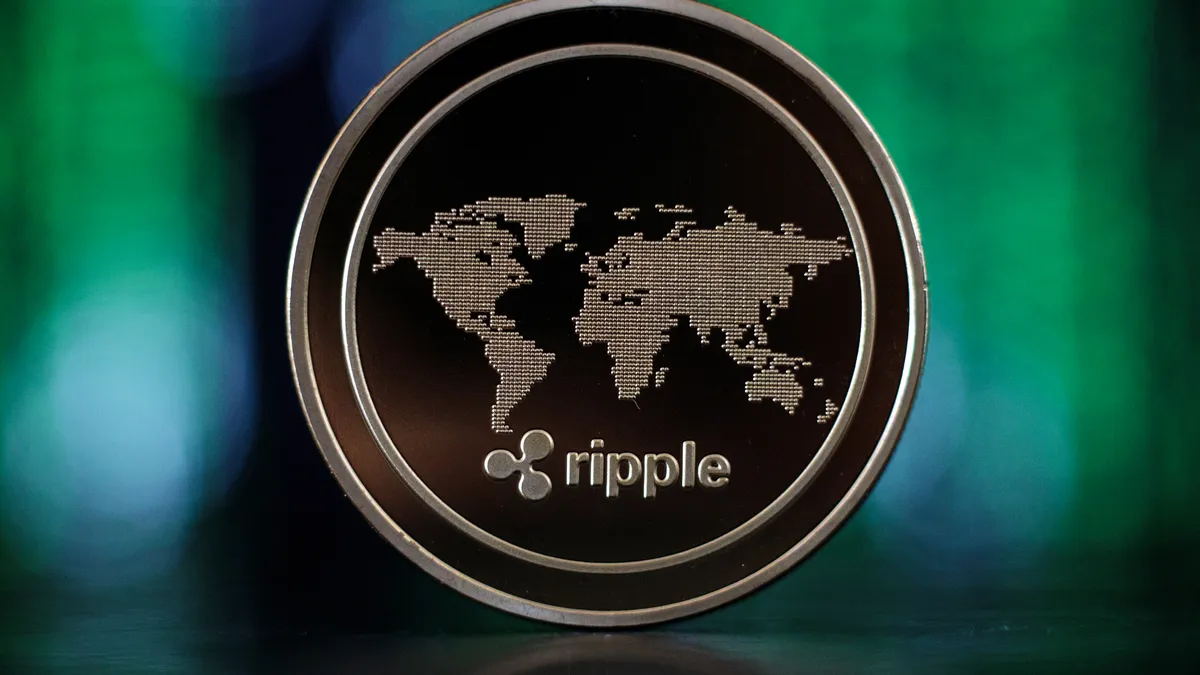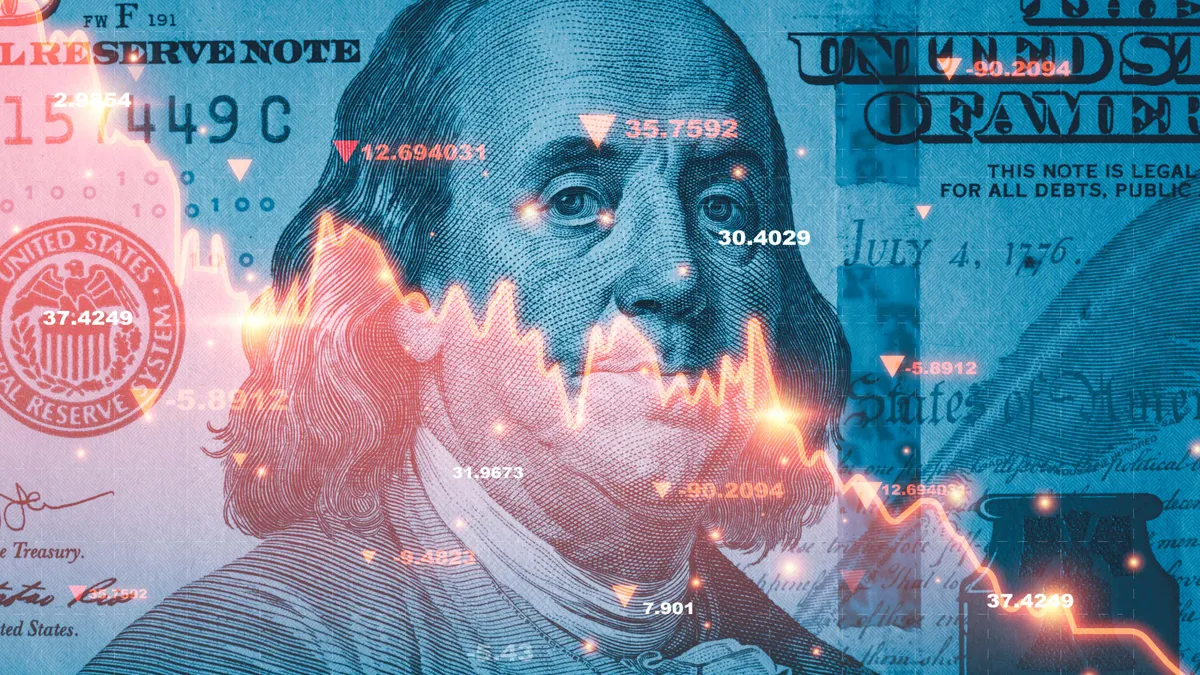Maurice Camara was a driven man with common problems. Switching careers in 2018, he found himself unemployed and in need of fast cash to float his bills.
He tried the typical options “to varying levels of success,” he said – taking out a new credit card, taking personal loans. “But my credit was really terrible.”
Then he stumbled upon SoLo Funds, a peer-to-peer lending platform where borrowers name their terms, and borrowers are evaluated not by credit but by a “social lending score” that taps into their cash flow and – once they’ve used the platform before – their reliability to pay lenders back.
The traditional credit system has failed most borrowers, most notably Black and Hispanic ones, according to SoLo Funds co-founder Rodney Williams, explaining his motivation to launch the fintech with his business partner Travis Holoway.
“The traditional credit system is systemic and their use of data is reflective of historical bias which tends to negatively affect Black and Hispanic consumers the most,” Williams continued. “They purposely choose to omit certain types of data (rental and cell phone payments) that apply to this group of underserved communities. Real time data such as rent payments indicates cash flow [and] needs to be applied. Without it, the wealth gap widens.”
Data from the Brookings Institute in 2022 found that for every $100 in wealth held by white households, Black households held $15. Williams and Holoway set out to remedy the gap with SoLo Funds in 2018.
“Our entire financial system is dedicated to providing products for people who have money, not people who have little money,” Williams said. While he and others are trying to provide products and services to folks in the second category, “this regulatory environment and this current financial system isn't necessarily designed to promote new products. It's more so designed to do what has been done before,” he said.
How it works
SoLo borrowers post a loan request for between $20 and $575 on a feed that’s distributed app-wide. SoLo loans aren’t subject to interest, instead relying on an optional tipping system, which goes to lenders, and an optional donation system, which goes to SoLo itself.
When a borrower pays a lender back in full within 35 days, their social lending score, dubbed SoLo Score, goes up, making them more attractive to future lenders. Their ability to borrow also goes higher, from an initial borrowing limit of $100 up to a max of $575.
In 2021, SoLo Funds became a certified B Corp., a designation given to businesses that meet high standards of verified social and environmental performance, accountability, and transparency.
Last February, the app hit 1 million registered users, and the number is up to nearly 2 million today.
“We’ve enabled over $300 million of short-term funds to working class Americans who need it, and enabled almost $30 million for real return for lenders,” Williams said. “We like to think that we’ve decreased the wealth gap by a total of $330 million. The problem is, that’s not creating a dent, but we’re doing our part.”
Joining SoLo has paid off for Camara. Since joining in 2018, he’s gotten – and paid back – 95 loans.
“There were periods of time where I was unemployed, so it helped me to keep the lights on. The times where I wasn't working, I was freelancing, and if you're familiar with how freelancing works, income is not always stable,” Camara said. “It's also helped me to finance my own entrepreneurial projects over time.
“It’s has been a real part of my finances for the last five years,” Camara said.
Regulatory hurdles
Two of SoLo’s components – its lender tipping feature and its SoLo donation feature – have raised red flags for regulators in Connecticut, the District of Columbia, and California, who have billed the practices as “deceptive.” Financial enforcements against SoLo from these three regulators cost the firm $100,000, $30,000, and $50,000 respectively.
But Williams asserts the regulators have gotten it wrong.
The average tip, according to a third-party study led by Opinium and London's Centre for Business and Economic Research, is 10.4%, and the average donation is 6.2%. The average late fee, if a borrower doesn’t repay the lender, is 0.4%. With the first two being optional, the heftiest fee a borrower is responsible for is 36%, including late scenarios, max tip, and max donation.
Therefore, the most a borrower of $100 would be responsible for paying back is $136.
Williams said the regulatory issues SoLo faced were “unfortunate” and cited data from the Opinium/CEBR study, which found that the average cost of borrowing through SoLo cost users 17% on top of their loan amount. Payday loans, by comparison, cost borrowers an average of 33%; and subprime credit cards cost borrowers 34% in the first year and 41% after the first year.
Buy now, pay later loans cost borrowers 20%, the study found.
“The current financial system is not designed to create better products for consumers. It's just designed to penalize people who don't and let them keep doing it … and then it penalizes innovation because it's so different,” Williams said. “There’s no pathway for innovation in [the current system].”
Williams’ feelings on the opposition of regulation and innovation have been expressed before, by other tech innovators and – in the case of crypto – at least one regulator.
Camara’s next steps
For Camara, after five years of SoLo, his relationship with the app is changing.
Now further along in his career – he leads a team of global solutions consultants at software firm Optimizely – Camara is transitioning to being a full-time lender on the platform, fulfilling loans for other users as the same had been done for him before.
“Looking at the profile of people that I have lent to, it's very diverse. I don't think at this point it's about race, I think it's more about economic standing,” he said of SoLo’s mission fulfillment, and of his experience with the app. “I’m now in a position where I can help people and hopefully make some money on the side, too.”



